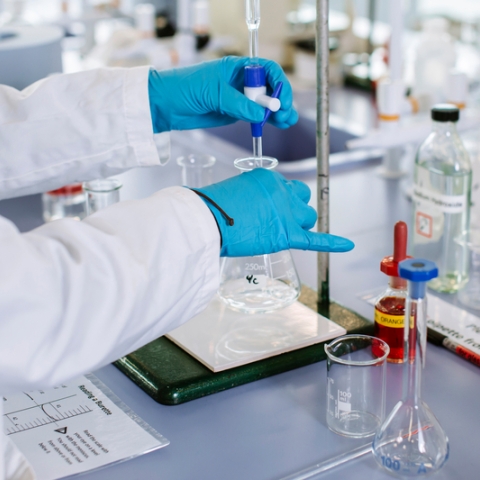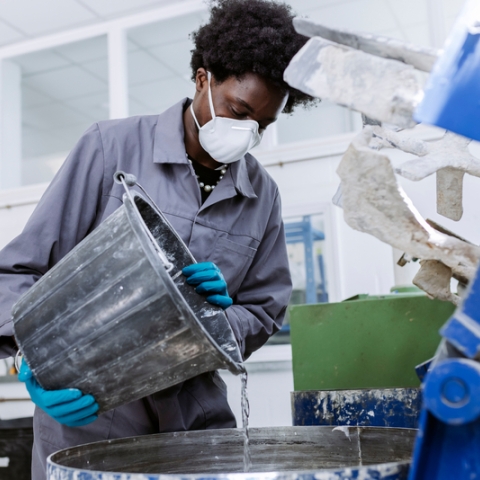
Sidebar navigation

Biological and Genetic Modification Safety
Working with biological agents and genetic modification.
Biosafety is the safe working practices associated with handling of biological materials, particularly infectious agents. It addresses containment principles, technologies and practices that are implemented to prevent the unintentional exposure to pathogens and toxins, or their accidental release.
Introduction
Biological safety management requires consideration of the safe, responsible, sustainable, economical and ethical use of biological material – from procurement, storage, use, transport and through to disposal. All aspects of biological material used are governed by a comprehensive set of legislation to ensure the risks posed by substances which may be harmful to health or to the environment are suitably controlled. In principle this applies to:
- All hazard groups (1-4) biological material classified as hazardous under Control of Substances Hazardous to health (COSHH) Regulations.
- All materials that may contain biological materials (including blood, bodily fluids)
- All genetically modified organisms as classified under the Genetically Modified Organisms (Contained Use) Regulations.
- Animal pathogens covered under Specified Animal Pathogen Order.
- Controlled or prohibited plants, plant products or plant seeds under section 1-6 of the Plant Health Order
- Biological Materials that are covered under Schedule 5 of the Anti-Terrorism, Crime and Security Act.
- All work carried out with Waste Water and Sewerage.
Application is regards to all microbiological laboratories at the University. It covers not only deliberate work with biological agents such as in research projects but also incidental exposure, such as in the taking of blood or handling of anatomical specimens. Biological agents are considered to be 'substances hazardous to health' in terms of Health and Safety Legislation and so are principly governed by the Control of Substances Hazardous to Health (COSHH) Regulations. Note there are additional policies/procedures for biological material that fall under the Human Tissue Act and Ethics Approval.
"Staff, Students and Others who plan to undertake work in connection with the University, must register and maintain details about yourself and the work with the University's Biological Safety Officer and Biological and Genetic Modification Safety Committee. If your work could potentially expose you to hazardous biological material completing mandatory and identified biosafety training must be undertaken. Investigators must submit risk assessments of their work with human pathogens, specific animal pathogens, other potenitally infectious materials, genetically modified organisms and biotoxins to this committee for review, registration and regulator notification before work can start."
GET IN TOUCH
Key contacts ...
Biological and Genetic Modification Safety is an important subject. We're sure you have lots to think about or would like to know. Get in touch with us and we'd be happy to help you and answer your questions.



